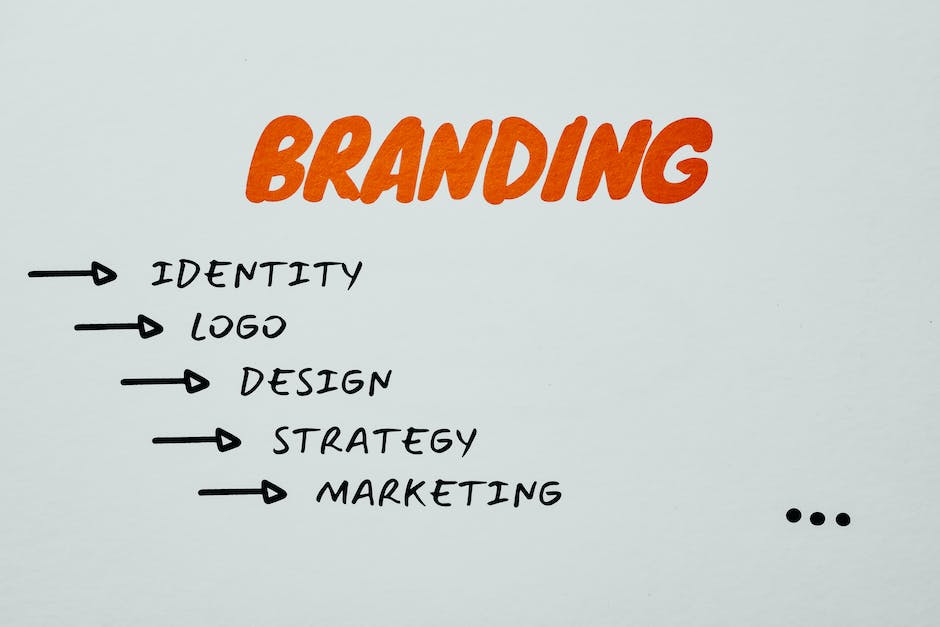Design Business Naming: How To Choose the Perfect Name
Have you ever considered the power a name holds? Especially when it comes to business, a name can make a world of difference. It’s the first thing that potential clients come across and it largely influences their perception of your design business. Just like a person’s name, your business name carries its identity, its image, and its story. Hence, it’s crucial to choose a name that not only aligns with your business values but also resonates with your target audience. In this blog, we will discuss why a good business name is important, what makes a business name great, and how to go about choosing the perfect name for your design business.

Understanding the Importance of a Good Business Name
A well-chosen business name does more than just identify your company. It sets the tone for all future interactions a customer may have with your business. Think of it as your business’s first impression. It’s your chance to communicate what your business stands for and what it offers. Plus, it plays a significant role in your branding and marketing efforts, making it easier for customers to remember and recognize your business.
Exploring the Elements of a Great Design Business Name
What exactly makes a design business name great? Is it the cool factor? Or is it the way it sounds? Well, it’s a combination of several elements. First, clarity. Your business name should clearly communicate what your design business does. It should leave no room for confusion or misinterpretation. Second, memorability. A memorable name helps your business stand out in a crowded market. Third, relevancy. Your business name should be relevant to the design industry and your target audience. Lastly, uniqueness. A unique business name not only sets you apart from your competitors but also reduces the likelihood of legal issues down the road.
The Naming Process: A Step-by-Step Guide
Choosing the perfect name for your design business can be a daunting task. But don’t worry, we’re here to help. Let’s take you through a step-by-step guide to simplify the process.
Brainstorming Ideas
First things first, you need a pool of ideas to choose from. Start by brainstorming. This is the stage where you let your creativity flow freely. Write down all the names that come to mind, even the ones that seem ridiculous. The goal is to generate as many ideas as possible.
Consider words or phrases that align with your brand’s identity, values, and mission. What do you want your design business to be known for? What emotions or associations do you want your business name to evoke? Keep these questions in mind as you brainstorm.
Try out different naming techniques such as alliteration, rhymes, or acronyms. Use a thesaurus or a foreign language dictionary for inspiration. Remember, the more ideas you have, the better your chances of finding the perfect name.
Narrowing Down the Options
Now that you have a list of potential names, it’s time to narrow down the options. Remember the elements of a great business name we discussed earlier – clarity, memorability, relevancy, and uniqueness. These are your guiding principles in this stage.
Start by eliminating names that are hard to spell, pronounce, or remember. Your potential clients should be able to easily recall and share your business name. Next, consider the relevance of the names to the design industry and your specific niche. The name should give some hint to what your business does.
Lastly, assess the uniqueness of the remaining names. You want a name that stands out in the crowd, a name that’s distinctly yours. Be ruthless in this process. It’s better to have a few great options than a long list of mediocre ones.
Tips to Ensure a Unique Business Name
So, you’ve narrowed down your options and have a name (or a few) you’re passionate about. But how do you ensure the name is truly unique and not already in use? Here are some tips.
Start by doing a quick web search. This will give you an idea if there are other businesses with the same name. You don’t want to confuse your potential clients or, worse, face legal issues for using a name that’s already taken.
Next, check the trademark databases. In the U.S., you can use the United States Patent and Trademark Office’s database. Remember, it’s not just about the exact name. Similar names in the same industry can also cause issues.
Finally, check the domain availability. Even if you’re not planning to set up a website right away, securing a matching domain name is crucial for future online presence.
Tools That Can Help in the Naming Process
Now that we’ve discussed the importance of a good name and how to brainstorm for one, you might be wondering if there are any tools that can assist in this process. The answer is yes! There are numerous online tools available that can make the process of naming your design business even smoother.
One such tool is a business name generator. These tools usually work by you inputting a keyword related to your business, and they generate a plethora of name ideas based on that keyword. Some popular business name generators include Shopify’s Business Name Generator and Namelix.
Another useful tool is a thesaurus or an online tool like WordHippo. These can help you find synonyms or related words that you might not have thought of, expanding your pool of potential names. But remember, while these tools can be very helpful, they should only be used as a starting point. The final decision still lies with you.
The Role of Feedback in the Naming Process
Have you ever heard the saying “two heads are better than one?” This certainly applies to the naming process. Getting feedback from others can provide fresh perspectives and help identify any potential issues with your chosen name that you might have overlooked.
Who should you ask for feedback? Consider reaching out to colleagues, friends, or family members. You could even conduct a survey to gather feedback from potential clients or the general public. Online platforms like SurveyMonkey or Google Forms can assist with this.
When asking for feedback, be sure to ask specific questions. For instance, does the name make sense? Is it easy to remember and pronounce? Does it convey the right image for your design business? This will ensure you get constructive feedback that can truly help refine your business name.
Remember, feedback is just that – feedback. It’s not a directive. Only you can decide what’s best for your business. But don’t ignore the feedback. Consider it, weigh it against your own thoughts and feelings, and then make an informed decision. After all, you want your design business to resonate not just with you, but with your target audience as well.

Legal Considerations when Naming Your Business
When choosing a name for your design business, it’s essential to keep in mind the legal aspects. These considerations are not just a formality, but a vital part of protecting your brand and avoiding potential legal disputes.
One of the first things you should do is check if the name is already trademarked. This will help you avoid legal issues down the line. You can do this by conducting a search in the U.S. Patent and Trademark Office’s database, or the relevant agency in your country.
Another important legal consideration is domain name rights. In the digital age, having a website for your business is a necessity. Therefore, it’s crucial to ensure that the domain name you want is available. This can be done through various online platforms that offer domain name registration services.
The Impact of a Good Business Name on Branding
Have you ever wondered how a well-chosen business name can influence your branding and overall success? A good business name can do more than just identify your company. It can convey your brand’s personality, values, and the kind of services you offer.
A strong business name can create a powerful first impression and can make your design business stand out in the crowded marketplace. It can also enhance your marketing efforts by making your business easily memorable and recognizable.
Furthermore, a well-thought business name can help build trust with your potential clients. It can give them confidence in your ability to deliver high-quality design services. Therefore, investing time and effort in choosing the right name for your design business can pay off in the long run.
Conclusion: Starting Your Design Business with the Right Name
In conclusion, the process of naming your design business is a critical step that can significantly impact your brand’s identity and success. It’s not a decision to be taken lightly.
From understanding the importance of a good name, exploring its elements, going through the naming process, utilizing available tools, to considering the legal aspects, every step is crucial. Remember, a good business name can become a powerful branding tool that can help set the stage for your business’s success.
So, are you ready to embark on the journey of naming your design business? Take your time, do your research, and choose a name that reflects your brand’s personality and values. Your future self will thank you for it.
Get Organized & Win More Clients
Kosmo has everything you need to run your freelancing business.

















